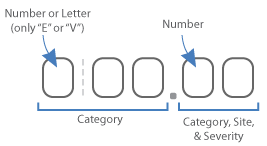ICD-10 Project Leadership and Participants
At approximately 6:59 PM Easter Standard Time (EST) on Monday, March 31, 2014, the United States Senate, by vote of 64 – 35, elected to pass H.R. 4302, legislation that installs the 17th consecutive temporary fix to the sustainable growth rate formula (SGR) for Medicare payments to physicians. This bill also includes the previously mentioned clause to delay the implementation of the ICD-10 coding system until a minimum of October 1, 2015. All indications are that President Obama will follow the lead of his legislative counterparts and sign this bill into law.
NYP, by all estimates, continues to be ahead of the industry curve in its readiness and adoption activities. We will continue to fine tune our understanding of the potential impact of ICD-10 on all aspects of hospital activity – clinical, operational, and financial. We will also monitor the relevant industry, regulatory, and legislative channels for clarity on the new implementation date. However, in absence of such a date, I will be looking to convene project leadership to establish a more formal position and go forward strategy for NYP
This most recent development and delay is assuredly frustrating to many who have worked tirelessly amongst many, many competing priorities to ensure NYP’s people, processes, and technologies were not only ICD-10 ready but ICD-10 operational well in advance of the October 1, 2014 implementation date; a goal that we largely achieved for many aspects of the hospital operation. These efforts are not unrecognized and will continue to contribute enormous value whenever the United States government in conjunction with the Department of Health & Human Services (HHS) and Centers for Medicare and Medicaid Services (CMS) decide to implement ICD-10. Once again, I’d like to thank all members of the team for those efforts.


